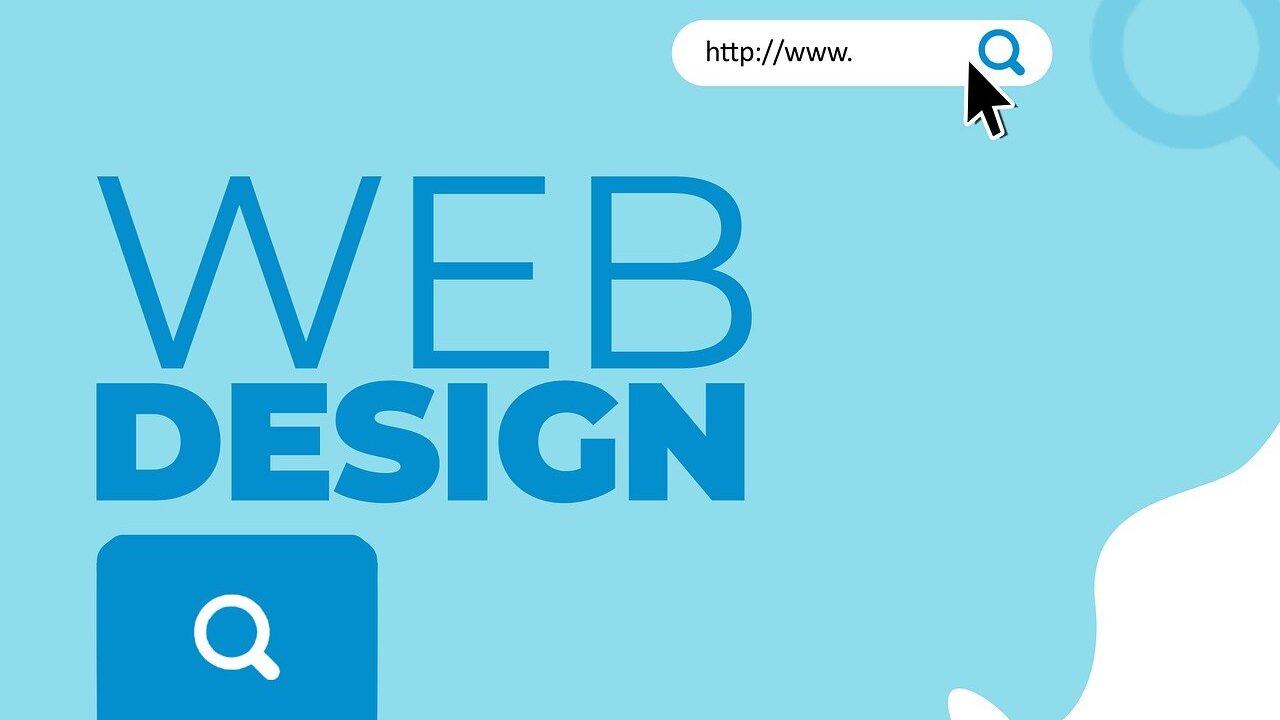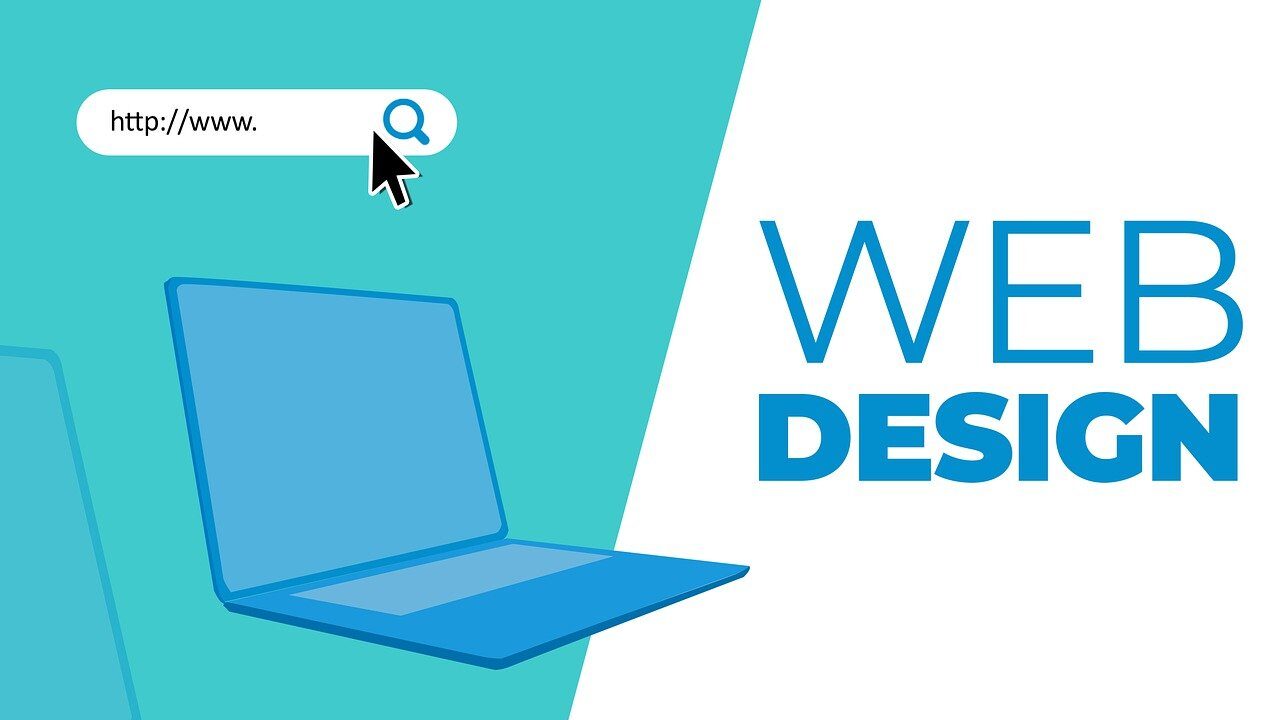A repeat purchase from a customer is more cost-effective than finding new ones. The cost of clicks and conversions always seems to increase for businesses, especially in crowded e-commerce arenas.
Do you ever seek ways to reengage customers so that they come back again? It’s a good time to build a customer retention strategy for existing customers if you haven’t already done so. Read on for more information.
What is customer retention?
A business that retains its customers focuses on activities that will increase the number of repeat customers and the profitability of each of them.
You can enhance the value you provide to your existing customers through retention strategies. Ideally, the customers you worked so hard to acquire will stay with you and will experience a truly exceptional customer experience.
Essentially, customer acquisition is the first step toward building relationships with customers and maximizing revenue for each one. Customers are re-engaging through customer retention. But what are your time and resource requirements? This will depend on your business.
What Metrics Must You Consider In Building Customer Retention Rate?
Understanding the underlying metrics of customer retention is the key to an improved customer retention rate. Which metrics should you focus on? Are they measurable? How can they be improved?
Your store’s profitability will be significantly and lastingly increased if you answer these questions. We will examine why customer retention metrics are important by looking at the three most important ones.
- Repeat customer rate
- Purchase frequency
- Average Order Value (AOV)
1. Repeat customer rate
Keeping customers is driven by repeat business. The return on investment from your customers is measured in this metric. Keeping track of your repeat customers is an excellent way of evaluating how well your retention strategy is actually working. The higher this metric is, the more willing customers are to return to your store.
How to calculate repeat customer rate
There are so many complicated calculations to keep track of in calculating retention metrics. You only need two pieces of information to calculate your repeat customer rate:
A. Customer purchases multiple times
More than one purchase has been made by a customer in a specified time frame. To see an overall picture, look at the whole year.
B. Customers who are unique
Customers who purchased your products during a specific time period are included in this statistic. Order numbers are not included in this statistic.
When you write out this equation, it looks like this:
# of Customers That Purchased More Than Once / # Unique Customers
2. Purchase frequency
You can find out how frequent your customers buy from you from the purchase frequency. The fact that repeat customers account for a significant portion of a store’s annual revenue-depending on the category-makes this even more crucial.
How to calculate purchase frequency
You can calculate your store’s purchase frequency in the same way you would calculate repeat purchases. Divide your store’s total number of orders by the number of unique customers over the same time period you chose for your repeat purchase rate (e.g., one month).
When you write out this equation, it looks like this:
# of Orders Placed / # Unique Customers
3. Average Order Value
You need to maximize how much each purchase is worth once you know your repeat purchase rate and frequency. An average order value is a metric that indicates how much money your customers spend in each transaction in your store.
How to calculate Average Order Value
If you have set a time frame for your repeat purchase rate, you should use the same time frame for calculating your average order value. Divide your annual revenue by the number of orders processed by your store.
When you write out this equation, it looks like this:
Total Revenue Earned / # Orders Placed
What Timeline Does Customer Retention Take Effect?
Depending on where your store is in its life cycle, prioritize customer acquisition or retention. It differs greatly from a business that has been operating for many years from one that just opened yesterday.
1. Starting a new store: When you are just starting out, your primary concern should be getting customers. Acquiring new customers should completely override keeping customers. Develop strategies and tactics that encourage your customers to stay with you.
2. Getting traction: You have customers and you are getting occasional sales. Now, you can start implementing retention elements to increase each customer’s purchase frequency. Starting with a retention email campaign that encourages past customers to return would be a good place to begin.
3. Consistent: Your sales are growing, but you’re not a juggernaut in e-commerce. It is now that retention should be incorporated into your acquisition strategy. Besides an incentive program, you might also want to look into getting more serious about marketing automation.
4. Establishment: You now operate an e-commerce store that is established. Small retailers often struggle to continue growing. It may seem that acquiring customers will lead to many onetime purchases, but keeping them will make them spend more often, thus increasing their lifetime value. It is important that you focus on retention at this stage.
5. Respected: You have survived the initial firestorm now that your store has become well-established. There are many processes and automation in place that have helped you to accomplish many early goals. The time has come for you to prioritize retention.
Your strategy should be tailored to how your store fared during its current phase as well as what you sold.
Methods for Increasing Customer Retention Rate
The benefits of building a strategy to retain our existing customers are just as important as acquiring new ones. As well as this, we calculated what we should monitor to stay on track. Here are some suggestions for improving customer retention.
- Utilize customer accounts
- Customer service should be improved
- Set up a customer loyalty program
- Communicate with customers in an engaging manner
- Give a return credit or discount
1. Utilize customer accounts
Customer accounts can be both good and bad. Customers can access previous orders and shipping information from their accounts, making repurchasing easier. Customer accounts, on the other hand, tend to be perceived as too large a commitment by new customers.
People tend to check out as guests when given the option since they are more comfortable doing so. In this case, how can you encourage new customers to open an account without compromising the conversion rate?
After a first order is placed, you should offer the option to create an account.
2. Customer service should be improved
The right level of customer support is achieved through support systems. It is possible to communicate clearly with customers both pre-sale and post-sale by using a support system.
With a live chat system available, a customer may turn their question into a sale or their complaint into a solution, whether they visit the store, contact you through email, or use social media. Unhappy customers can sometimes be converted into loyal repeat customers after an issue is successfully resolved. And that’s not to mention the value of customer feedback, which helps you improve your products and your business as a whole.
In spite of delight’s important role, customer service that is fast, friendly, and consistent is seen as the gold standard. In helping customers to avoid problems and use your products to their fullest potential, you will be helping both of you.
Your niche, product mix, and margins may determine whether you should send a small gift to your best clients. Sending a gift to your best clients can add the element of surprise and delight, improving customer satisfaction. Unexpected gifts can be considered a form of reciprocity, meaning that we tend to reciprocate positive actions with positive responses.
There is a place for pleasures in life. Customer service, however, is seen as the gold standard among customers.
The Internet and instant communication are so prevalent today that people sometimes need a break. You can show customers you care by writing a handwritten thank-you note that encourages them to purchase from you again.
When you handwrite something, it helps show your customer that you value their business. With this extra attention to detail, you will stand out in a sea of automated receipts and one-size-fits-all email confirmations. In order to achieve lifetime customer loyalty, these considerations can go a long way.
3. Set up a customer loyalty program
In order to increase purchase frequency, loyalty programs, sometimes called customer retention programs, motivate customers to purchase more often in order to earn valuable rewards.
Both you and your customers benefit from this mutual exchange: they get more value each time they shop, and you benefit from their repeat business.
By giving customers welcome points when they create an account, you can encourage them to continue investing in your program. It’s easy to earn rewards in your store; your customers will be eager to come back and earn them again in the future.
Customers can be rewarded for making small purchases or reaching a set dollar amount as part of a loyalty program. With store reports, you can easily determine the value of your best customers, as well as see how many orders have been placed. Alternatively, you can offer customers automated rewards for their actions in your store via loyalty apps.
4. Communicate with customers in an engaging manner
Email marketing is the backbone of customer engagement and your retention toolkit if purchase frequency is the backbone of customer retention.
Before and after their initial purchase, emails enable you to remain in contact with your customers. Sending your customers messages that add value to their experience is crucial. Not doing so could result in your losing them.
A follow-up email is a good place to start. Thank your customers for their purchase a week after the first purchase. It makes your brand more approachable and makes customers feel good about choosing you.
By suggesting complementary products, this initial email can have an even greater impact. Include even more customer feedback at the end of the email. Customers’ desire to purchase these recommended products will be enhanced when they see these endorsements.
If you are following up after sending your first follow-up message, keep sending personalized messages frequently.
Sending well-timed emails and knowing your products’ lifespan can be a great way to re-engage dormant customers with a product that is perishable or consumable. This strategy is particularly effective since you will hopefully deliver the right message at the right time to the right recipient.
5. Give a return credit or discount
Discounting should generally be avoided. As your store’s revenue decreases, customers become conditioned to expect falling prices, which ultimately leads to the loss of revenue. The danger of discounting is heightened when margins are thin.
When first-time buyers receive discounts, it is adorable. It’s a great idea to nudge them to repurchase after the first order with a discount code. In this regard, discounts can also be an effective way to entice long-ago customers back into the store.
The nudge can be strengthened if you give them more than 10% off. The 20% off sounds a lot more reasonable when you consider it an investment in boosting your repeat customer rate.
Additionally, you might want to experiment with offering credits to be used at your store (e.g. $10 off any purchase) in contrast to a percentage discount (e.g. 10% off any purchase).
Conclusion
You should make sure to remind your customers why they chose your brand in the first place in all of your post-sale marketing. Whether or not you can convince them that their time and money are worth another purchase depends on how well you show your worth.
Customers are your store’s most valuable asset. Customers already know who you are, and they appreciate the products and services you offer.
When you put your focus on improving your store’s experience instead of always looking for new customers, you will have the ability to supercharge revenues for your business.





